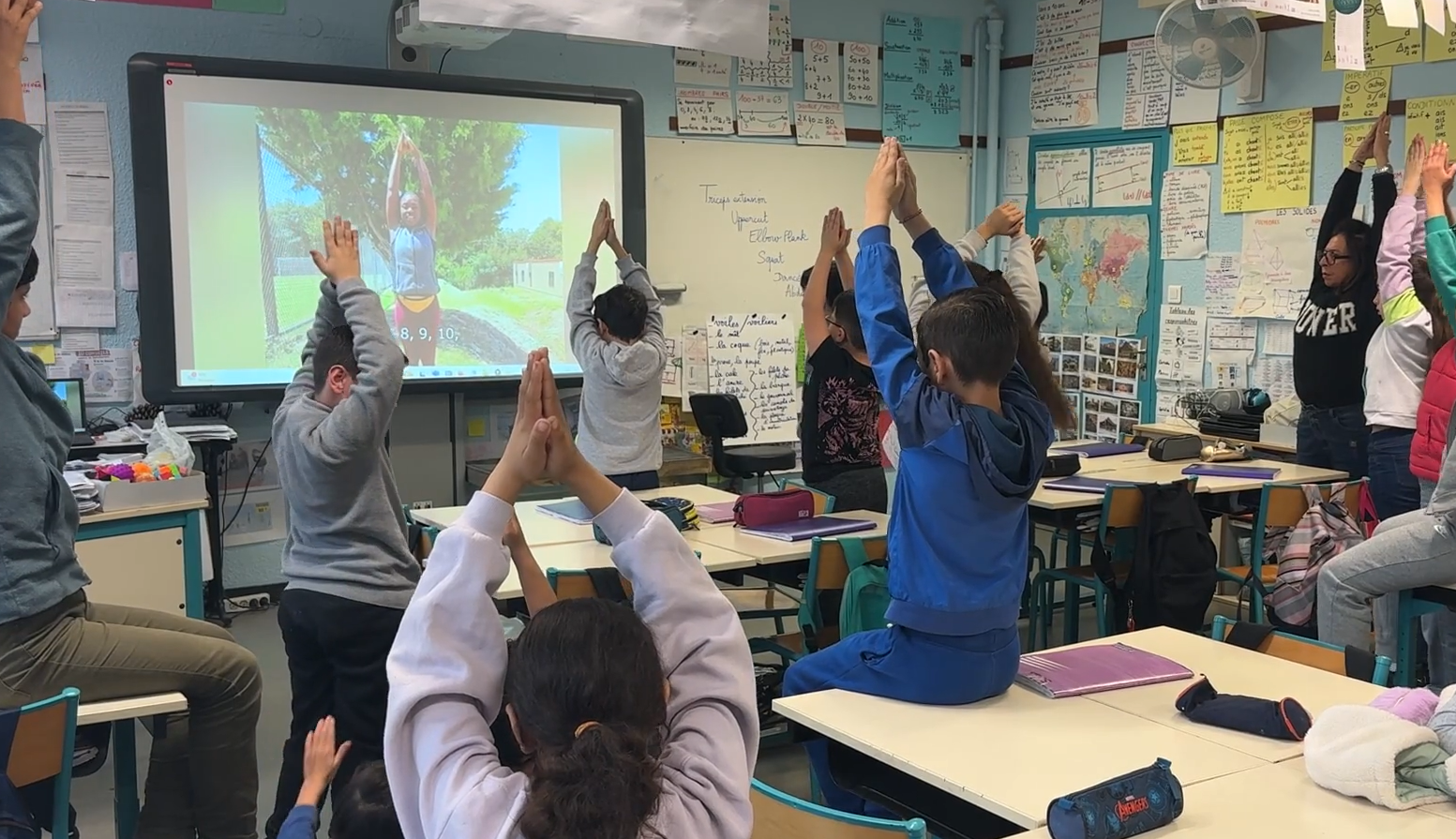AVENUES
Audio-Visual Enrichment among under-12-year-old English Learners
Although English as a second or foreign language (L2) is now a core part of early elementary education in many European countries, many teachers at this level feel insufficiently prepared to teach it. Limited training opportunities in English and language pedagogy for generalist teachers can result in lower-quality input and, consequently, weaker student learning outcomes (e.g., Unsworth et al., 2015). This issue may be compounded in contexts where students have limited exposure to English outside school, as is often the case in countries like France and Spain (Avello & Muñoz, 2023). While experimental studies show that audiovisual material can support language learning in young learners (e.g., Avello & Muñoz, 2023; Teng, 2023), little is known about its effectiveness when integrated regularly into everyday classroom instruction. Therefore, this project investigates the following questions:
- How does regular audiovisual enrichment of L2 English instruction affect young learners’ language development in real classroom settings?
- To what extent does audiovisual enrichment affect learners’ receptive vocabulary knowledge, oral production, and listening skills?
- How does audiovisual enrichment affect learner attitudes and engagement with English over a school year?
Over the course of two school years, the study compares two cohorts of 4th-to-5th-grade learners in France. In year 1 of the study, we assessed students’ language development and learner attitudes of four learner groups (N = 50; control group) based on regular English instruction. Bi-monthly teacher reports on the amount and nature of instruction were collected. In year 2, the same teachers delivered instruction to a new learner cohort (N = 70; experimental group), maintaining the same amount of instruction but incorporating a weekly 35 minutes of video viewing. The videos chosen were age-appropriate but authentic (i.e., non-pedagogic) and covered a different topic every week. Pre- and post-test measures used in year 1 and 2 included tests of word meaning recognition, oral picture description, listening skills, and a learner attitudes survey.
By controlling for key learner variables (e.g., age, L1, socioeconomic status, working memory), the project aims to gauge the contribution of audiovisual enrichment to measurable L2 learning gains and attitudes. The findings will offer practical insights into how audiovisual materials can be systematically integrated into early English instruction.
Avello, D., Munoz, C. (2023). The Development of Receptive Language Skills from Captioned Video Viewing in Primary School EFL learners. Education Sciences, 13, 479.
Unsworth, S., Persson, L., Prins, T., & & De Bot, K. (2015). An investigation of factors affecting early foreign language learning in the Netherlands. Applied Linguistics, 36(5), 527–548.
Teng, M. F. (2023). Effectiveness of captioned videos for incidental vocabulary learning and retention: the role of working memory. Computer Assisted Language Learning, 1–29.

Scientific Team
Alexandra Schurz, University of Vienna (Principal Investigator)
Shona Whyte, Université Côte d’Azur
Pedagogic consultants and teacher trainers
Jean-Claude Tocabens, Direction des services départementaux de l'éducation nationale des Pyrénées-Orientales (Académie de Montpellier)
Valérie Coumel, Direction des services départementaux de l'éducation nationale des Pyrénées-Orientales (Académie de Montpellier)

